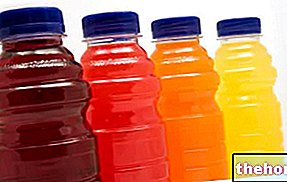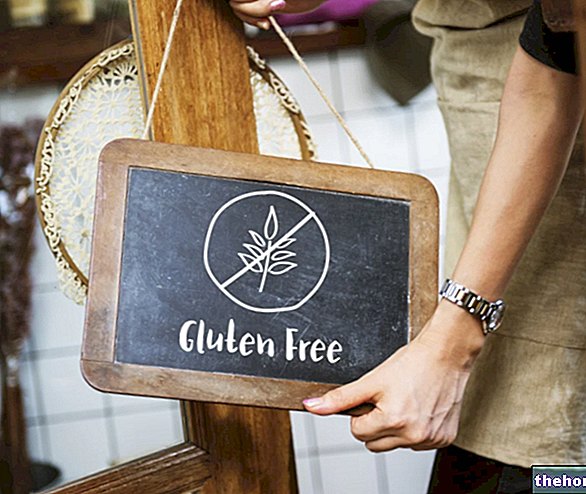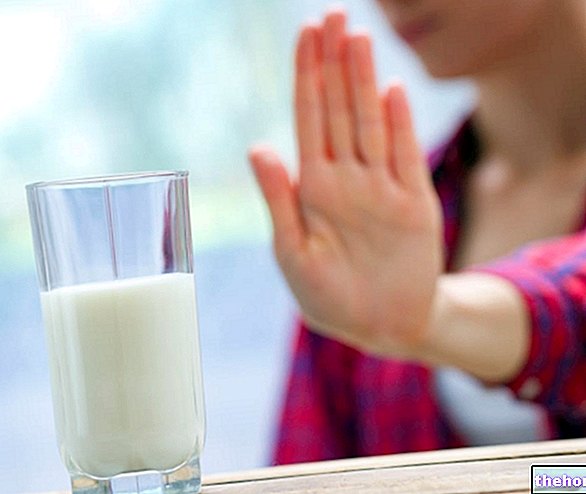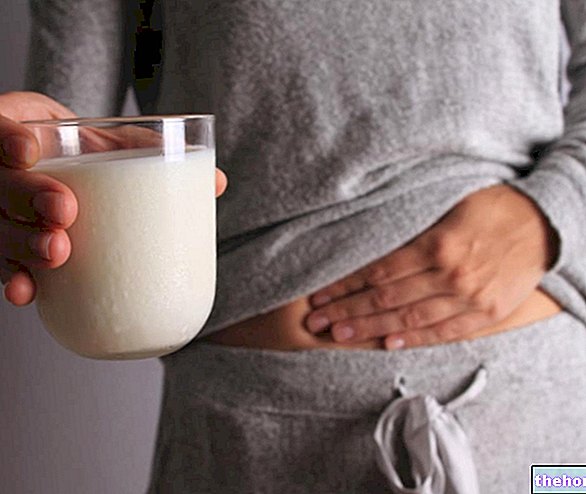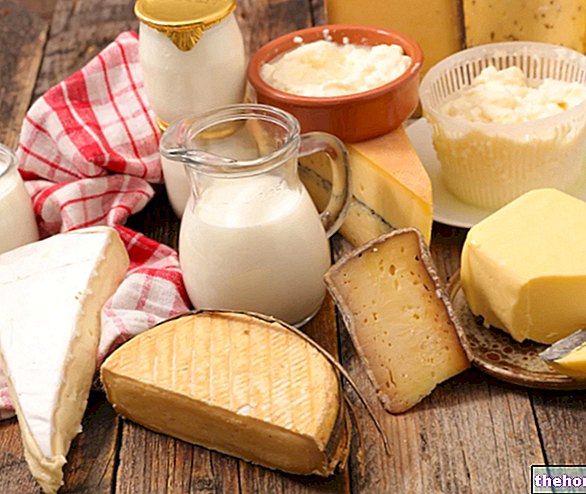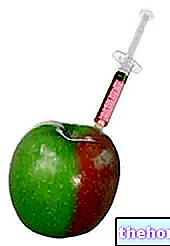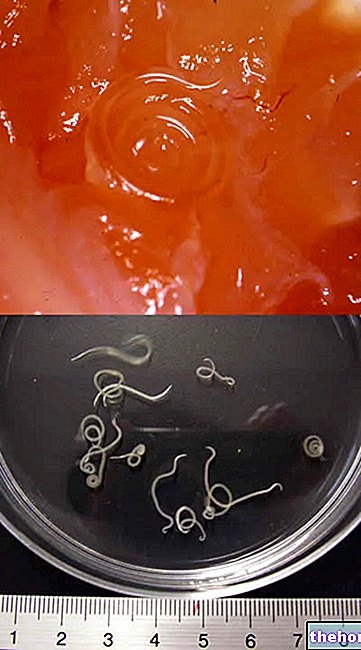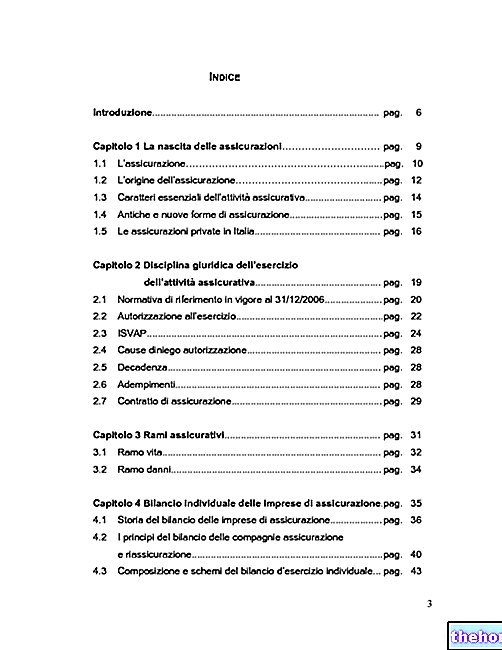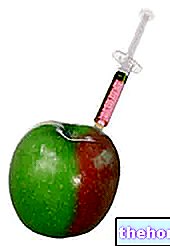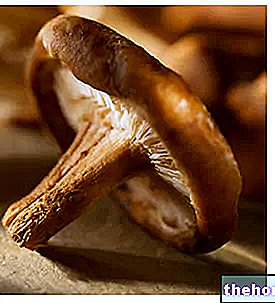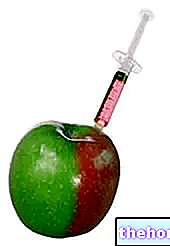What are
Biogenic amines are nitrogenous compounds produced by microbial decarboxylation of amino acids. Since these microorganisms are commonly present in the environment, biogenic amines can be contained in foods and beverages. Their concentration is higher in fast-perishable foods, especially if fermented and rich in particular amino acids, such as fish, meats, cured meats, fruit juices, wine, cocoa, dairy products and cheeses.
Effects and Health

Histamine is the most important chemical mediator of allergies and for this reason the consumption of food contaminated with large quantities of this substance can cause the same symptoms as an allergic reaction.
Some biogenic amines, whose name says it all (putrescine, cadaverine and spermidine), have a repellent odor, such as to discourage anyone intending to consume foods that contain them in large quantities. Others, such as histamine (deriving from the amino acid histidine) and tyramine (synthesized from tyrosine), are not perceived by taste or smell but can cause food poisoning, because they have psychoactive actions and / or vasoactive.
A high ingestion of these biogenic amines, especially if associated with drugs that inhibit intestinal enzymes responsible for their catabolism, can cause intoxication and harmful consequences for the organism. The most common symptoms are migraines, flushing of the face, hives, blood pressure changes, asthmatic attacks and changes in heart rate.
Releases adrenaline and noradrenaline; stimulates the smooth muscles of the uterus; stimulates motor and sensory neurons; controls gastric secretion
yeast extracts, different types of cheeses, canned fish, red wines, spinach, tomatoes
Vasoconstrictor; heart rate increases; causes tearing and salivation, increased blood sugar and migraine
oranges, avocados, bananas, sauerkraut, cheeses, raspberries, yeast extracts, fish, tomatoes, plums, sausages
Putrescine, cadaverine,
spermine, spermidine
Hypotension; bradycardia; they enhance the toxic action of the other amines
Protein foods in an advanced stage of decomposition (meat and fish in the first place)
Releases noradrenaline; increases blood pressure; causes migraines
Chocolate, red wines, fermented foods
Metabolism and Drugs
Under normal conditions the organism neutralizes the biogenic amines thanks to the action of particular enzymes present in the intestine (the diaminoxidase -DAO- neutralizes the histamine, while the monoamine oxidase -MAO- neutralizes the tyramine) and the detoxifying action of the liver. For this reason, the possibility that foods rich in biogenic amines can cause important manifestations depends on the effectiveness of the detoxification systems, which in normal conditions are such as not to cause any symptoms.
However, as mentioned, some substances of pharmacological origin (MAO-inhibitors and DAO-inhibitors) or food (alcohol abuse, decomposing foods rich in putrescine and cadaverine), can cause this elimination mechanism not to work. Furthermore, there are different levels of individual tolerance towards biogenic amines, generally lower in allergic people and in those who frequently suffer from migraines.
To prevent the formation of biogenic amines, it is advisable to respect the instructions on the label regarding storage times and methods, before and after opening. In general, the earlier the food is consumed, the better, even when the expiration date appears far away. Finally, domestic hygiene is also important, as it helps to reduce the proliferation of microbial species involved in the synthesis of biogenic amines.

